Medewerkers met het vakgebied Neurowetenschappen
Wetenschap ontwikkelt zich waar verschillende vakgebieden samenkomen. Alleen al daarom bestaat er binnen de RUG een grote verscheidenheid aan vakgebieden, met daarbinnen een groot aantal vakspecialisten. Met behulp van onderstaand overzicht, gebaseerd op een vaststaande indeling van wetenschapsgebieden, vindt u op elk vakgebied de juiste deskundige. Komt de deskundige die u zoekt niet voor in deze lijst? Via een vergelijkbaar vakgebied of een gerelateerde faculteit vindt u mogelijk alsnog de juiste persoon.
Overzicht van alle vakgebieden
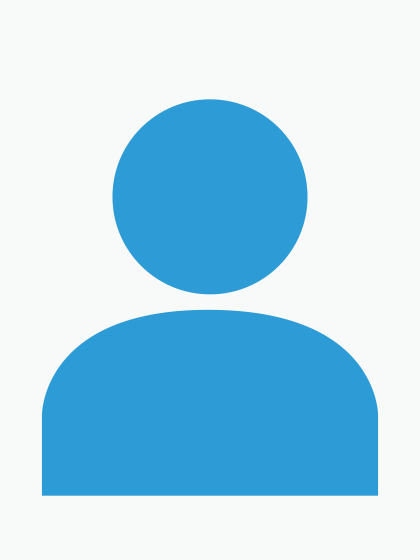
Contact
Functie
Hoogleraar Anesthesiologie
Vakgebied
speech motor control, Parkinson's disease, motor speech disorders, voice, speech acoustics, psychoacoustics
Contact
d.abur rug.nl
Functie
Assistant Professor of Speech and Speech Technology
Vakgebied
Cognitive neuroscience
Please see elkanakyurek.com for more information.
Please see elkanakyurek.com for more information.
Contact
Functie
Hoogleraar
Medische Celbiologie
Public Engagement
Citizen Science
Public Engagement
Citizen Science

Contact
Functie
Coördinator Bètawetenschapswinkel & Docent Wetenschap & Samenleving
Contact
a.altinok rug.nl
Functie

Contact
Functie
Universitair docent
Vakgebied

Contact
s.a.balart.sanchez umcg.nl
Functie

eerste 1000 dagen
vroege voeding
vroege voeding

Contact
e.m.van.der.beek umcg.nl
Functie
Praktijk onderwijs. Vanuit opleiding ook expertise in neurowetenschappen en moleculaire biologie
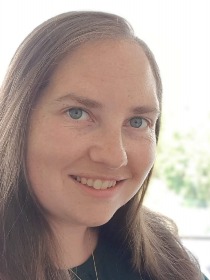
Contact
Functie
Docent Biologie en Life Science & Technology
Vakgebied
Contact
m.bittencourt umcg.nl
Functie
Neuroimmunologie en glia celbiologie; Stamcel biologie en epigenetics

Contact
j.a.den.boer umcg.nl
Functie
Hoogleraar Psychofarmacologie en Neurowetenschappen
Vakgebied
Klinische en ontwikkelingsneuropsychologie, Hemispheric specialization, child neuropsychology, neuropsychological assessment, and dementia.
Contact
Functie
Emeritus hoogleraar
ontwikkeling van hersenen en gedrag; gender en geslacht; neurowetenschappen; lichaamsperceptie; adolescentie en puberteit, psychopathologie
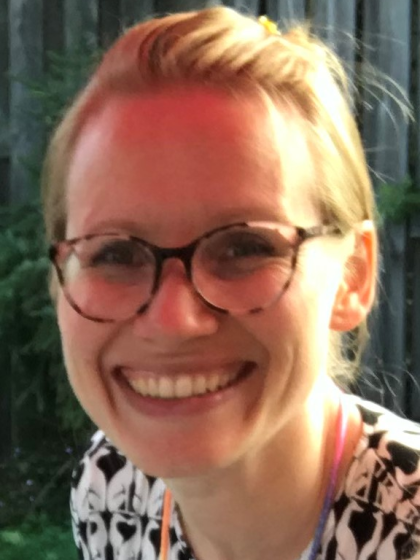
Contact
Functie
Senior onderzoeker
Klinische Neuropsychologie. In het bijzonder: - cognitieve, emotionele en gedragsmatige gevolgen van neurologische aandoeningen. - sociale cognitie en de relatie met andere cognitieve functies & dagelijks functioneren.- neuropsychologie binnen de... lees meer

Human movement sciences
Neuromechanics
Biomechanics
Motor control
Gait analysis
Gait adaptation
Gait stability
Musculoskeletal modeling
Simulations of human movement
Neuromechanics
Biomechanics
Motor control
Gait analysis
Gait adaptation
Gait stability
Musculoskeletal modeling
Simulations of human movement

Mijn onderzoek focust zich op microchimerisme. Microchimerisme is een zwangerschaps fenomeen waarbij cellen van de foetus naar de moeder migreren, en andersom. Deze microchimere cellen kunnen verschillende organen van de nieuwe host koloniseren en... lees meer

Contact
Functie
PhD student
Epilepsie, Epidemiologie, Geneesmiddelenstudies, Genetica, Neurologie

Contact
p.m.c.tijink umcg.nl
Functie
Senior wetenschappelijk onderzoeker
Vakgebied
Neuromorphic engineering, learning in spiking CMOS neural networks and memristive systems, CMOS models of cortical circuits for brain-inspired computation, bio-inspired sensing (vision, olfaction, touch, active electrolocation, audition) and motor control.
Contact
Functie
Professor of Bio-Inspired Circuits and Systems

Contact
a.chrysou umcg.nl
Functie
Het ultieme doel van het onderzoek van mij en mijn team is het herstel van zien bij mensen die slechtziend zijn of blind. Dat doen we door bij te dragen aan het verbeteren van oogheelkundige diagnostiek en door het ontstaan van oogheelkundige ziekten... lees meer
Contact
Functie
Hoogleraar
Vakgebied
- Clinical linguistics and neurolinguistics: developmental language disorders, aphasia, and dementia (characterizing impairments and predictors of response to treatment).
- Psycholinguistics: lexical-semantic and morphosyntactic processing.
-... read more
- Psycholinguistics: lexical-semantic and morphosyntactic processing.
-... read more
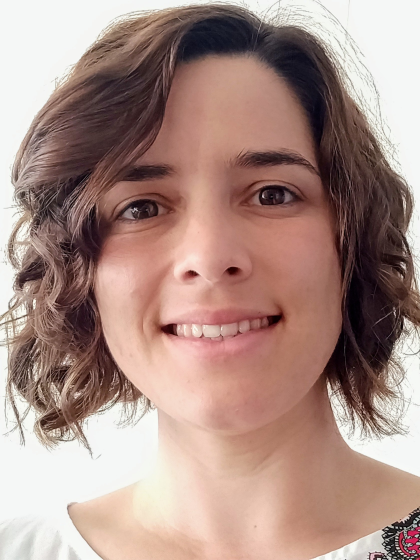
Contact
Functie
Universitair hoofddocent
Vakgebied
Investigating ferroptosis pathways and novel research techniques in tau-related parkinsonisms.

Contact
m.j.da.costa.caiado umcg.nl
Functie
PhD Candidate
Vakgebied
Brain Connectivity; Neuropsychiatry; Brain stimulation; Brain dynamics; Hallucinations; Cognition

Contact
b.curcic umcg.nl
Functie
Universitair Hoofddocent met Ius Promovendi
Gehandicaptenzorgonderzoek, o.a. begeleidingsmethodieken, dysfagie, slaapapneu. Specialisatie: dementie bij mensen met een verstandelijke beperking, in het bijzonder de ziekte van Alzheimer bij mensen met downsyndroom
Contact
a.d.dekker umcg.nl
Functie
Docent
neurologie, veroudering, dementie, ziekte van Alzheimer, vasculaire dementie, frontotemporale dementie, dementie met Lewy lichaampjes, ziekte van Alzheimer bij het syndroom van Down, neurochemie, neuroinflammatie, biomarkers

Contact
Functie
Neuroloog, hoogleraar
-Integratieve Neurobiologie van de Energiebalans (leerstoel).
-Gedragsenergetica
-Obesitas en co-morbiditeit
-Functional foods
-Gedragsenergetica
-Obesitas en co-morbiditeit
-Functional foods
Contact
Functie
Hoogleraar
Neurobiologie van gedrag
Audiologie, Tinnitus, Biofysica van het oor
Human visual perception, attention, and eye movements, cognitive neuroscience of reading, word-, object- & face recognition, real-word applications of cognitive neuroscience, electroencephalography (EEG), eye-tracking, semantic processing, microsaccades

Contact
olaf.dimigen rug.nl
Functie
Universitair Docent/Tenured Assistant Professor
Vakgebied
Neurodegeneration, Mitochondrial function, Inflammation, Potassium channels

Contact
Functie
Hoogleraar - Regenerative Neuropharmacology

Contact
Functie
Research-analist
Vakgebied
Gedragswetenschappen

- Klinische neurofysiologie
- Intraoperatieve neuromonitoring
- Hersendood
- Intraoperatieve neuromonitoring
- Hersendood

Neurowetenschappen, moleculaire biologie, neuroinflammatie, gen expressie, epigenetica, celbiologie, ontwikkeling, multiple sclerose, ziekte van Alzheimer

Contact
b.j.l.eggen umcg.nl
Functie
Professor
LHBTQ+ psychisch welzijn; emotieregulatie
Contact
r.m.eike umcg.nl
Functie
PhD-Candidate
Professor in Molecular Neurobiology and Neuroimmunology
Background:
Our group is working at the cross roads of inflammation and neuronal function with molecular, cellular and behavioural approaches in various neuronal disease models.
Molecular... lees meer
Background:
Our group is working at the cross roads of inflammation and neuronal function with molecular, cellular and behavioural approaches in various neuronal disease models.
Molecular... lees meer
Contact
Functie
Hoogleraar
Dr Stefanie Enriquez-Geppert is an internationally renowned expert on the neural correlates of executive functions and a pioneering leader of neurofeedback. With her research group Neuro-Ex Funk, she develops neuroscientific & pharmacological... read more
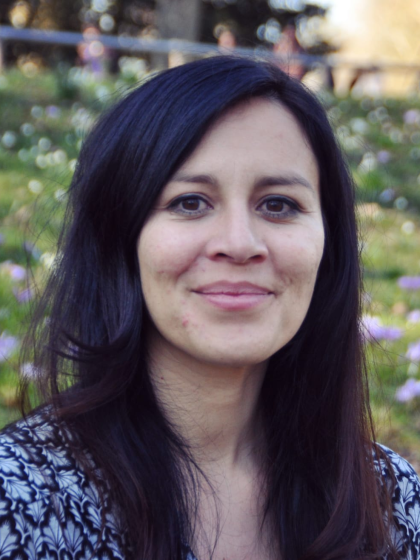
Contact
Functie
Assistant Professor
My research lies at the intersection of neuroscience and artificial intelligence and focuses on learning and memory in neural networks. In particular, I seek to uncover what are the microcircuit dynamics of excitatory and inhibitory neurons involved in... read more
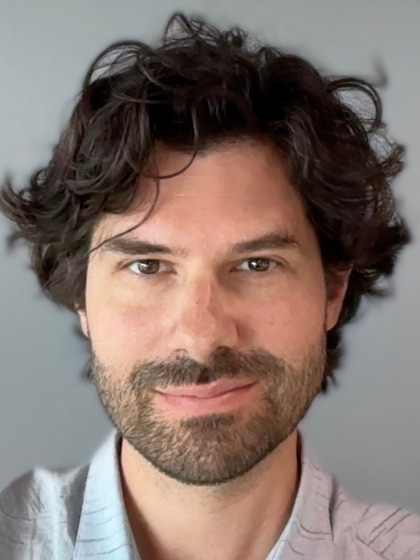
Contact
g.etter rug.nl
Functie
Onderzoeker
Psychiatry, Psychotic disorders.
Contact
Functie
Psychose

Kinderneurologie, Bewegingsstoornissen (ataxie en dystonie), Ontwikkelingsstoornissen (Developmental Coordination Disorder), Neurogenetica

Contact
m.garofalo umcg.nl
Functie
MD-PhD kandidaat bij Movement Disorders Groningen, afdeling kinderneurologie
Vakgebied
Auditory research: Auditory Scene Analysis in Cochlear-Implant users
Contact
Functie
Onderzoeker

Contact
j.r.georgiadis umcg.nl
Functie
Universitair docent
I joined the neurobiology expertise groups at GELIFES in September 2023. My research will explore diversity in vulnerability to neuropsychiatric conditions and responses to therapeutics. Specifically, this research programme aims to identify how and why... read more

Autophagy, neurodegeneration, Parkinson's disease, yeast, membrane contact sites, microscopy
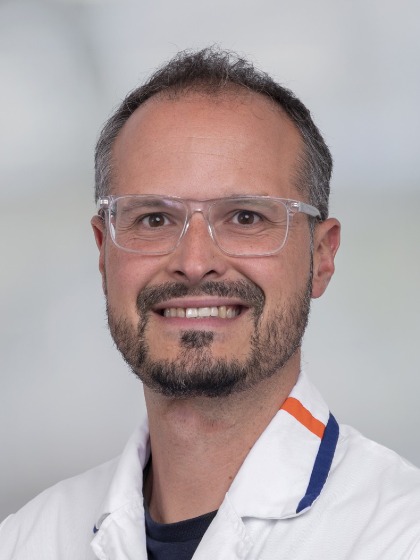
Contact
r.gomez.sanchez umcg.nl
Functie
Postdoctoral researcher
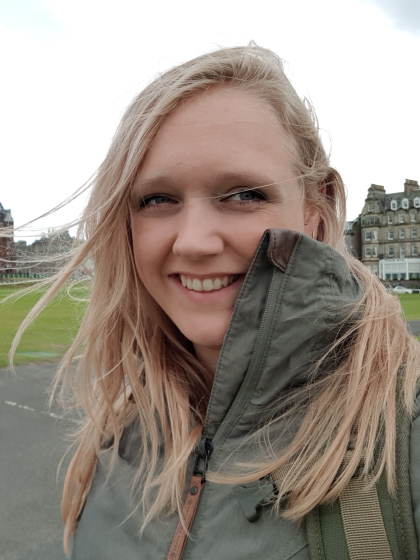

Leer- en Onderwijsproblemen, Dyslexie, SLI, ADHD, Eye Tracking, EEG, fMRI, SPSS, E-Prime, Matlab, MLA, PCA, CFA, Borland Delphi, C++, VBA, Mplus

Contact
Functie
Universitair Docent/Onderzoeker
Vakgebied
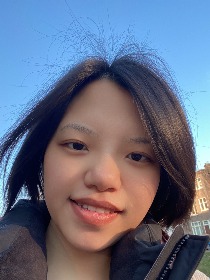
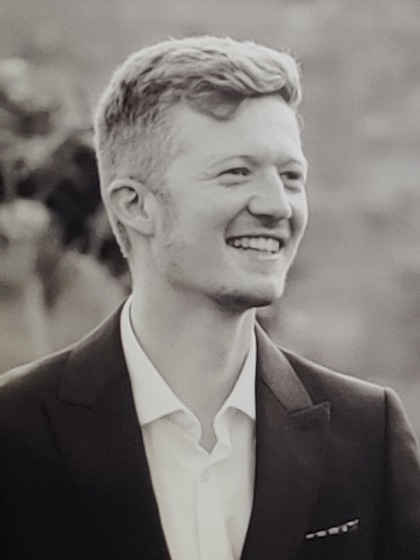
Stemmings- en Angststoornissen / Bipolaire stoornissen / Neurobiology / Neuroinflammatie
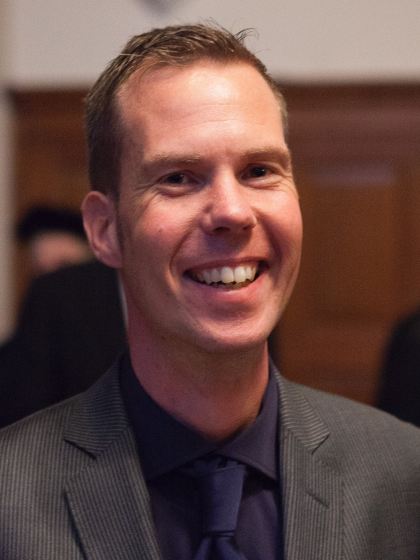
Contact
b.c.m.haarman rug.nl
Functie
Psychiater / Universitair Hoofddocent (met promotierecht) / Hoofd behandelzaken Stemmings- en Angststoornissen
Vakgebied


Contact
Functie
Learning and Memory, Hippocampal function, Synaptic plasticity, Sleep deprivation, Chemogenetics, Optogenetics, Memory Engrams Transgenic mouse models, Viral approaches
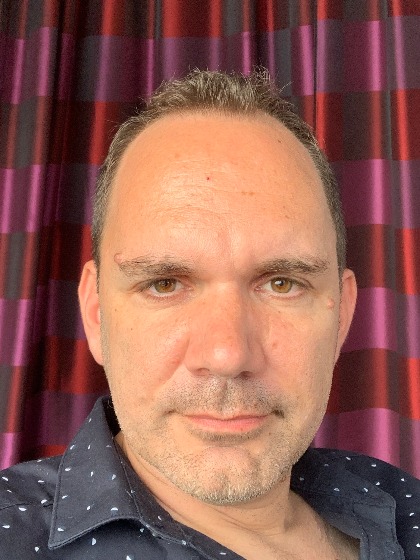
Contact
Functie
Associate Professor (Neuroscience of Memory and Sleep)
Vakgebied
Diagnostiek en revalidatie van visuele stoornissen ten gevolge van niet-aangeboren hersenletsel

Contact
Functie
Bijzonder hoogleraar Visuele stoornissen na niet-aangeboren hersenletsel
Bewegingswetenschappen specialisatie Biomechanica

Contact
a.l.hof umcg.nl
Functie
Universitair Hoofddocent
Data science en AI, ondersteunen en schrijven van (strategische en/of beleids)documenten en subsidieaanvragen, consultancy en liaison officer/netwerken
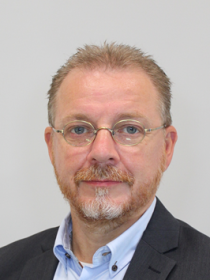
Contact
Functie
Programmamanager, Data Science Center in Health (DASH), UMCG
Vakgebied
Ageing, Exercise neuroscience, biomechanics, physiology
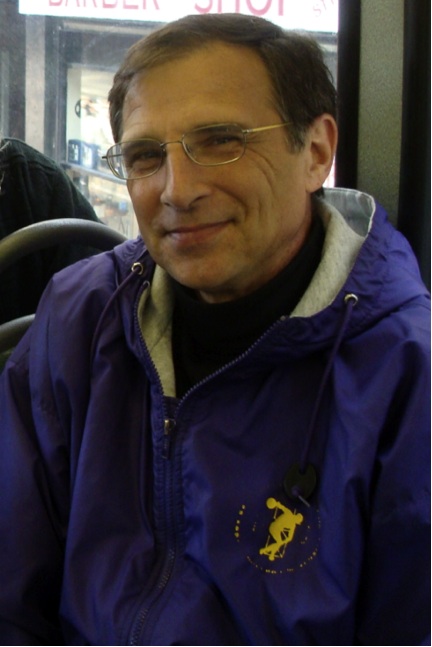
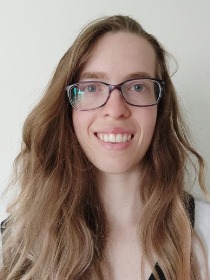
Contact
m.c.roozen rug.nl
Functie
Chronobiology, Human Chronobiology, Biological rhythms, Photoperiodism, Annual rhythms, Zoology, Evolutionary Biology, Neuroscience, Microscopy, Molecular Neuroscience, Physiology, Metabolism.
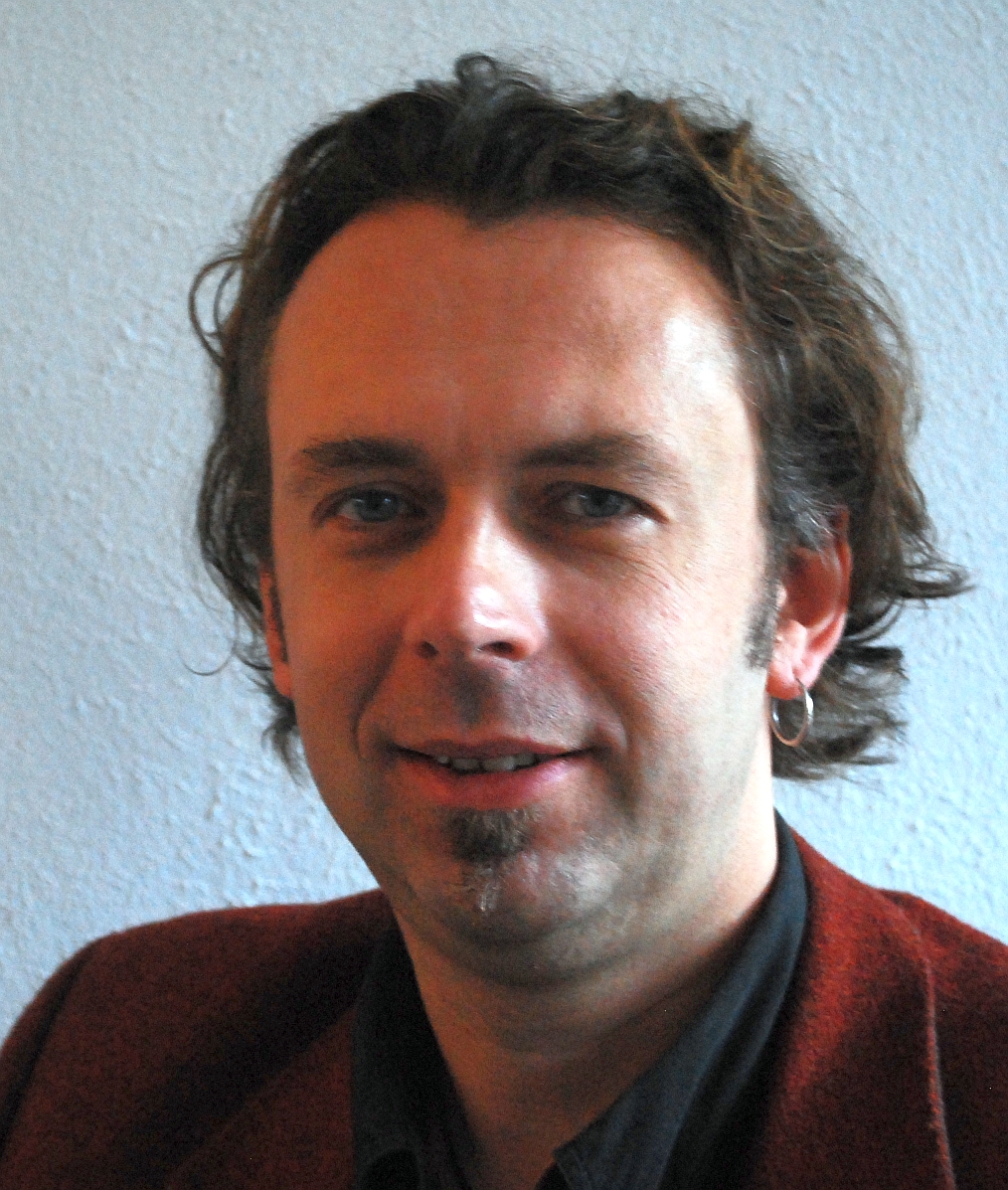
Contact
Functie
Professor Chronobiology
Vakgebied


Contact
j.d.jagersma rug.nl
Functie
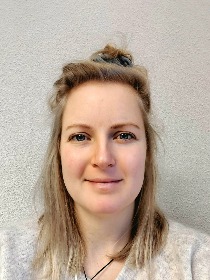
Stress onderzoek bij dier en mens

Contact
Functie
Emeritus Hoogleraar Neurobiologie van Omgevingsfactoren
Vakgebied
- Functionele cerebrale beeldvorming (PET, fMRI),
- Organisatie van het zenuwstelsel en manifestatie van disfunctie in de klinische neurologie,
- Neurologische problematiek op de Intensive Care.
- Organisatie van het zenuwstelsel en manifestatie van disfunctie in de klinische neurologie,
- Neurologische problematiek op de Intensive Care.
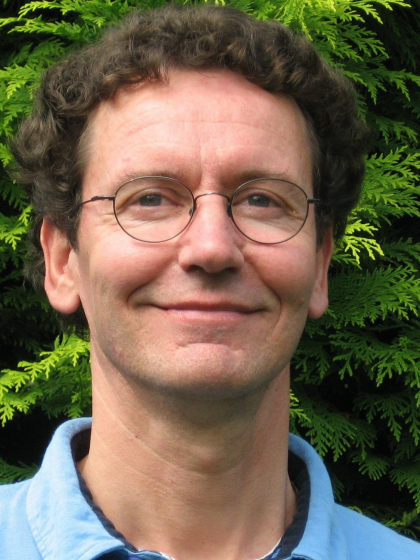
Contact
b.m.de.jong umcg.nl
Functie
Neuroloog
Topics:
- Timing and Time Perception
- Working Memory
Methods
- Statistical Modelling
- Psychophysics
- Computational Modelling of Neural Processes
- Timing and Time Perception
- Working Memory
Methods
- Statistical Modelling
- Psychophysics
- Computational Modelling of Neural Processes
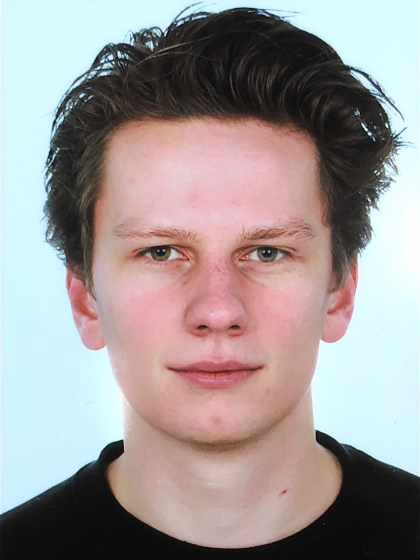
Contact
Functie
Vakgebied
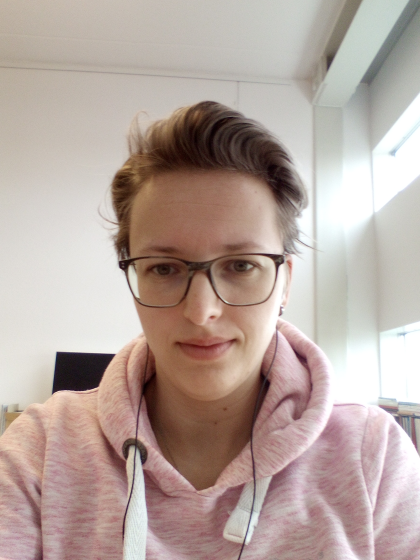

Contact
Functie
Hoogleraar
Vakgebied
Neurobiology of Behavior
Translational Neuroscience
Behavioral Genetics
Translational Neuroscience
Behavioral Genetics

Contact
Functie
Professor of Behavioral Neuroscience
Vakgebied

Contact
Functie
Universitair Hoofddocent
Vakgebied

Contact
r.v.kogan umcg.nl
Functie
promovendus/onderzoeker
Neuroloog Bewegingsstoornissen http://movementdisordersgroningen.com/nl

Contact
Functie
Neurowetenschappen, moleculaire biologie, neuroinflammatie, gen expressie, epigenetica, histon (de)methylatie, celbiologie, ontwikkeling, multiple sclerose,
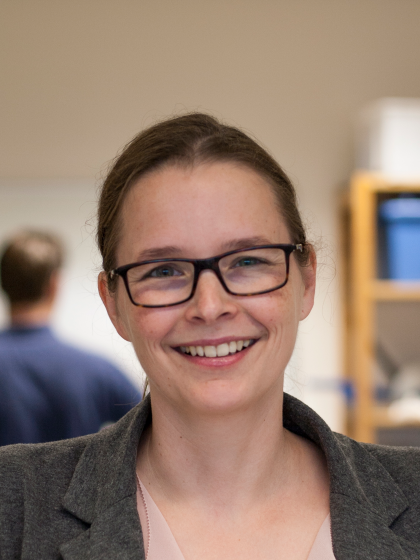
Functionele bewegingsstoornissen

Contact
Functie
MD/PhD-kandidaat
Neurologische bewegingsstoornissen
Neurodegeneratieve aandoeningen
Ziekte van Huntington
Spinocerebellaire aandoeningen
Erfelijke Spastische Paraparese
Neurodegeneratieve aandoeningen
Ziekte van Huntington
Spinocerebellaire aandoeningen
Erfelijke Spastische Paraparese

1. Neurodegeneratieve ziekten, in het bijzonder betreffende de pathofysiologie en behandeling van parkinsonismen, met een focus op de idiopathische ziekte van Parkinson2. Zorgorganisatie/innovatie betreffende patienten met de idiopathische ziekte van... lees meer

Contact
Functie
Hoogleraar neurologie (Geavanceerde behandeling van de ziekte van Parkinson)
Vakgebied
Neuroimaging (fMRI, MRI) | brain networks | dynamic networks | neuropsychiatry | brain-behavior predictions | psychosis | social cognition | neurocognition
Research expertise: brain networks in psychopathology; multimodal (neuroimaging) data analysis... lees meer
Research expertise: brain networks in psychopathology; multimodal (neuroimaging) data analysis... lees meer
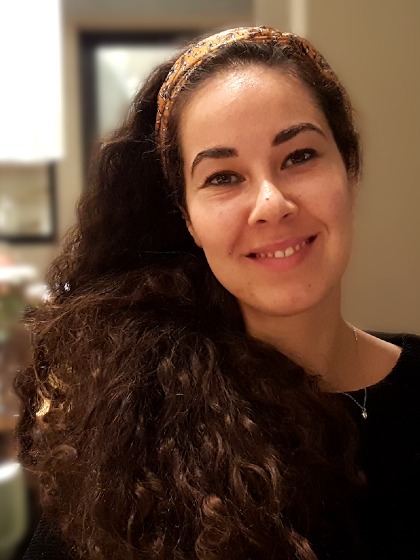
Contact
d.i.larabi rug.nl
Functie
Universitair docent

Contact
k.l.leenders umcg.nl
Functie
Hoogleraar neurologie
Vakgebied
Alzheimer, depressie
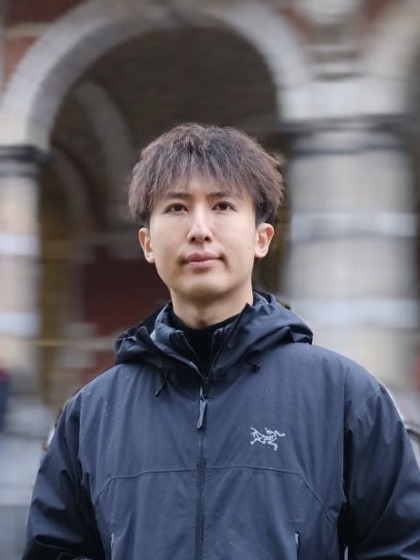
Als niet meer praktiserend arts/klinisch farmacoloog voornamelijk gericht op onderzoek en behandeling bij/van (neuro-)psychiatrische aandoeningen. Klinische neuropsychofarmacologie
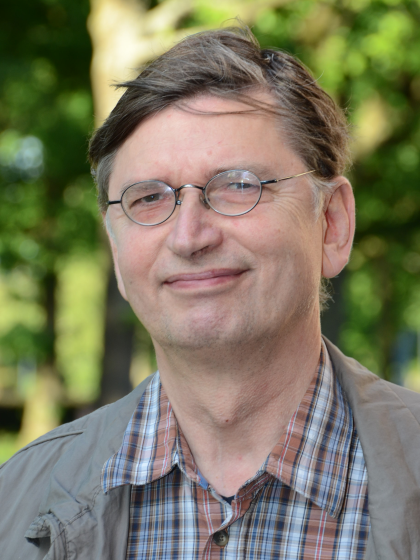
Contact
a.j.m.loonen rug.nl
Functie
Hoogleraar em. Farmacotherapie bij psychiatrische patienten
Vakgebied
Cognitieve Neurowetenschap
Dynamiek in het Gezonde Brein
Dynamiek in het Gezonde Brein
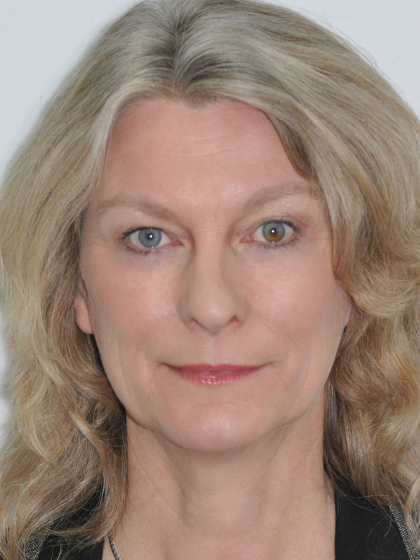
Contact
Functie
Hoogleraar

Contact
r.s.marapin umcg.nl
Functie
MD-PhD candidate
Dementia, Aging Risk Factors, Cerebrovascular imaging, Clinical Psychology
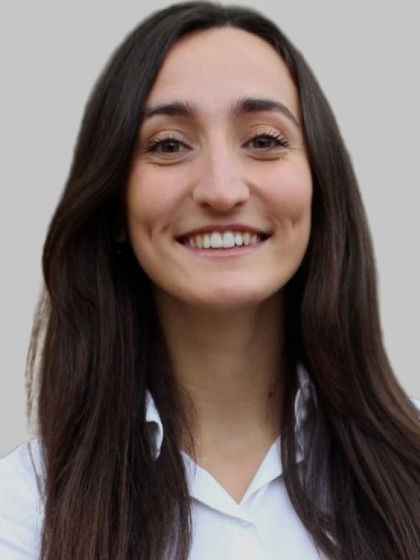
Contact
s.marcolini umcg.nl
Functie
Postdoctoral Onderzoeker

Contact
a.marmolejo.garza umcg.nl
Functie
Promovendus

Data Science
- Functionele MRI analyse
- Research (Data) Coordinator
- Advanced Data Analyse en Visualisatie
- PhD in combined Eyetracking en fMRI
- Functionele MRI analyse
- Research (Data) Coordinator
- Advanced Data Analyse en Visualisatie
- PhD in combined Eyetracking en fMRI

Contact
j.b.c.marsman umcg.nl
Functie
Senior staf onderzoeker
Vakgebied
Neuropharmacology

Wetenschappelijk onderzoek: Klinische Neuroengineering, ihb biomedische signaalanalyse, multimodale neuroimaging, multikanaals EEG metingen, visualisatie van hoog-dimensionele data en 'home-based' diagnostiek en monitoring.
Als CSIO: GO FAIR initiatief,... lees meer
Als CSIO: GO FAIR initiatief,... lees meer

Contact
Functie
Hoogleraar Klinische Neuroengineering, Chief Scientific Information Officer (CSIO)
Vakgebied
Autophagy, aggrephagy, protein aggregate, neurodegenerative diseases, BPAN

Contact
m.mauthe umcg.nl
Functie
Molecular neurobiology. Microglia immune memory. Epigenetics, neuroinflammation, and demyelination in the context of multiple sclerosis, neurodegeneration and irradiation.
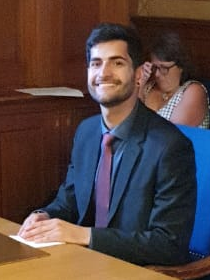
Contact
Functie
Promovendus (PhD candidate)
Vakgebied
Slaap, Circadiane Ritmiek, Stress, Hersenfuncties
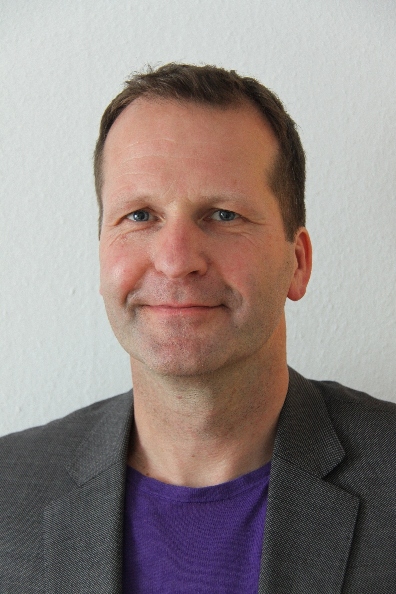
Contact
Functie
Adjunct Hoogleraar - De Biologie van Slaap
Vakgebied
Biotechnische handelingen, moleculaire/genetische biologie en veldwerk assistentie.

Contact
Functie
Onderzoeks Analist / Biotechnicus

Contact
Functie
PhD student

Functional Neuroimaging, Dementia biomarkers, Anosognosia
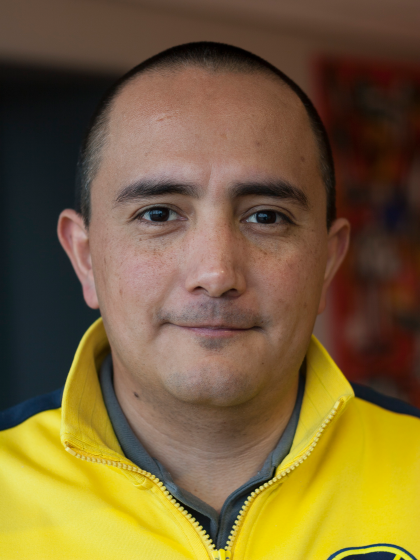
Contact
j.d.mondragon.uribe umcg.nl
Functie
Onderzoeker
Auditory-vocal learning and memory
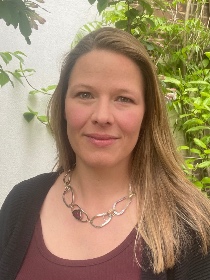
Contact
Functie
Assistant professor (research tenure track)
Vakgebied
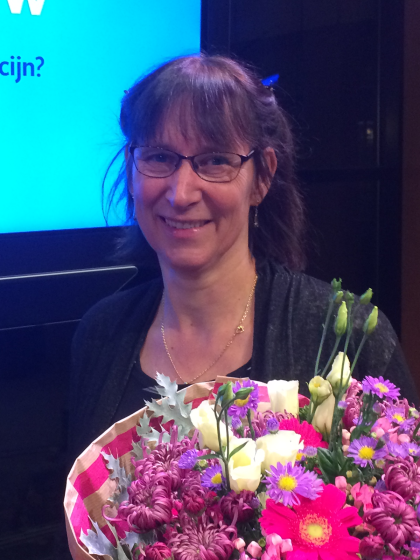
Contact
l.j.mouton umcg.nl
Functie
Universitair Docent

Psycholinguïstiek, Neurolinguïstiek, Spraakwetenschappen
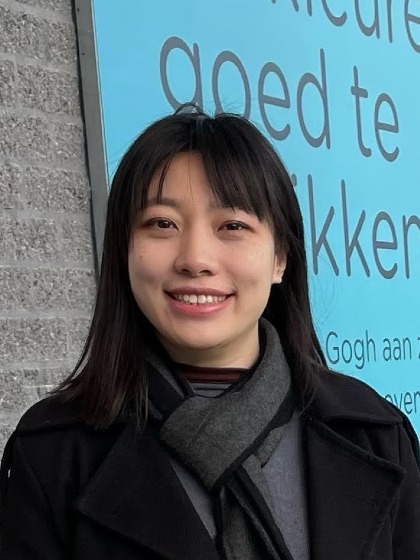
Contact
dan.mu rug.nl
Functie
PhD Candidate
Vakgebied
I study the neuromechanical changes underlying adaptation, for example in aging, rehabilitation and neuro-musculoskeletal disorders, to characterize the status of a (clinical) condition and improve health quality. Additionally, I aim to develop... read more

Contact
a.murgia umcg.nl
Functie
Assistant Professor
traumatisch hersenletsel - beeldvorming (f)MRI - uitkomst - gedrag en cognitie
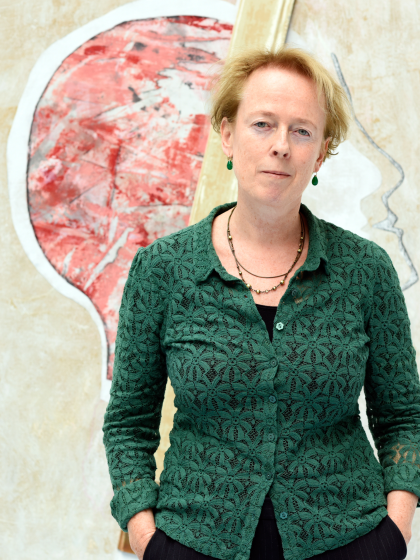
Contact
Functie
neuroloog
Vakgebied

Contact
Functie
Universitair docent
Data Science
Learning Analytics
Onderwijsdata
AI in Onderwijs
Toetsing (Herkansingen)
Cognitieve (Neuro)wetenschap
Learning Analytics
Onderwijsdata
AI in Onderwijs
Toetsing (Herkansingen)
Cognitieve (Neuro)wetenschap

Contact
Functie
Educational Data Scientist

Gedrag (affectief/emotioneel, sociaal, cognitief), Farmacologie, Fysiologie, genexpressie, microbiome, rat modellen voor depressie, rat models for seksueel gedrag
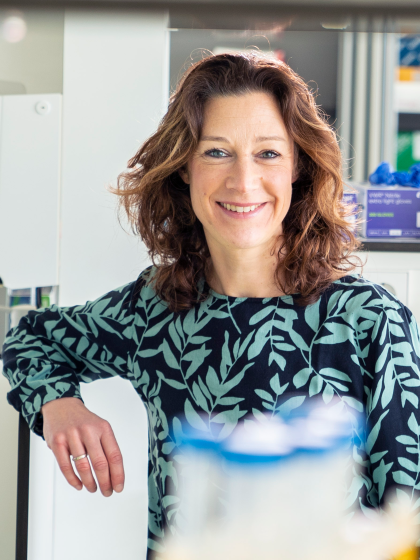
Contact
Functie
Associate Hoogleraar
I am the faculty funding officer for the faculty Behavioural and Social Sciences and have experience in applying for personal grants and consortium applications in several scientific fields and from various funding bodies (e.g., NWO, ZonMw grants,... read more

Contact
Functie
Faculty Funding Officer
Vakgebied
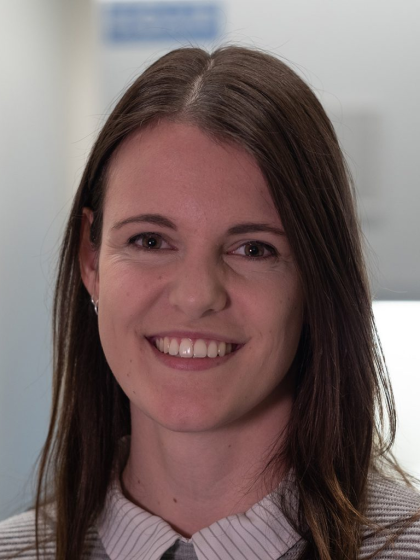

Contact
f.g.ostergaard rug.nl
Functie

Contact
t.otsuka rug.nl
Functie
Guest Researcher
Vakgebied

Contact
egbert.otten umcg.nl
Functie
Hoogleraar
Action choices in gait (route selection); the role of retinal and extraretinal information in the control of (perturbed) balance; the contribution of gaze to spatial orientation in stepping and standing.
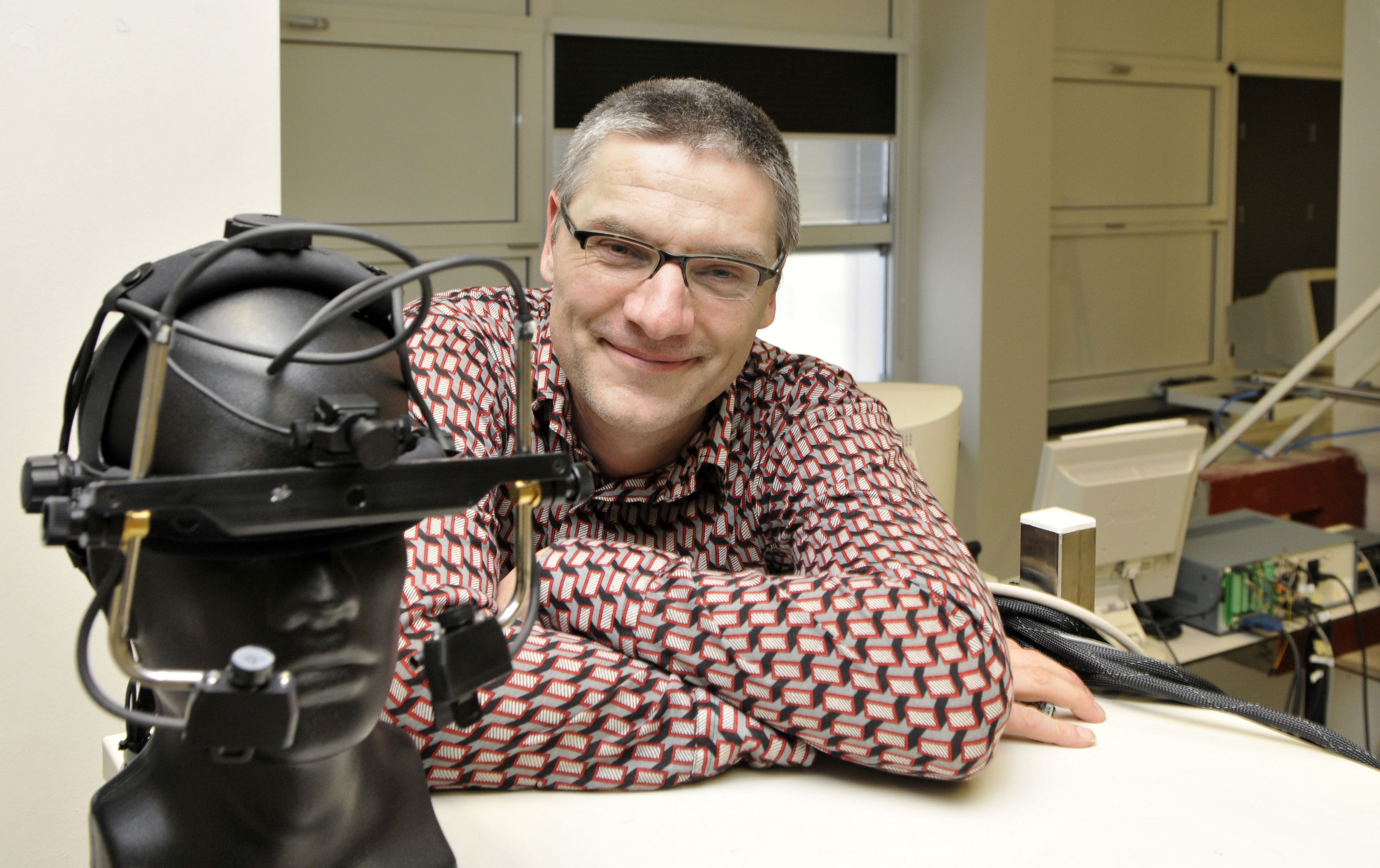
Contact
a.r.den.otter umcg.nl
Functie
Universitair docent/ Onderzoeker
Zebrafish genetics, mouse embryology, neurogenesis, neural stem cell, asymmetric cell division, organelle assembly, molecular biology, centrosome and cilium biology

Contact
j.t.m.l.paridaen rug.nl
Functie
Wetenschappelijk coördinator CogniGron
Neuroimaging Techniques, Statistics, Sociology, Psychology

Contact
Functie
PhD Student
Behavioural and Cognitive Neuroscience
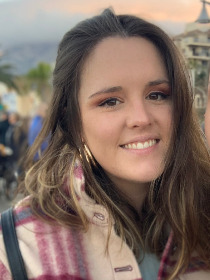
Contact
c.putz rug.nl
Functie
PhD Student
Peripheral auditory system
Hearing loss and tinnitus
Neuroscience
Hearing loss and tinnitus
Neuroscience

Contact
Functie
Associate Professor
Biotechnische handelingen, moleculaire/genetische biologie
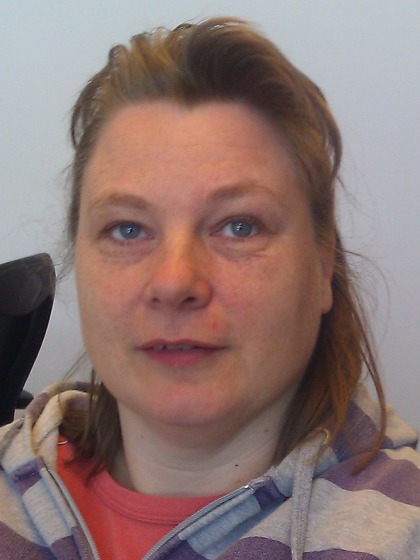
Contact
Functie
Onderzoeks analist / Biotechnicus
Electroencephalography, Neurological Diseases, eHealth
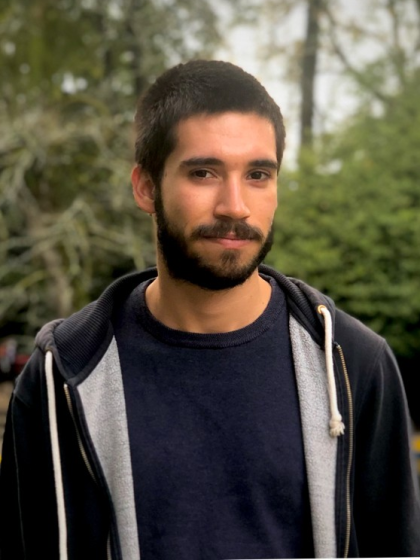
Contact
v.ribeiro.ferreira rug.nl
Functie
Klinische taalkunde: hersentumoren, infecties, dementie, beroerte, beoordeling/uitkomsten, revalidatie, teststandaardisatie
Neuroimaging: DES, MRI, TMS, tractografie
Psycholinguïstiek: lexico-semantiek, morfosyntaxis, zelfstandige naamwoorden/werkwoorden,... lees meer
Neuroimaging: DES, MRI, TMS, tractografie
Psycholinguïstiek: lexico-semantiek, morfosyntaxis, zelfstandige naamwoorden/werkwoorden,... lees meer

Contact
Functie
Universitair docent
Behavioural neuroscience
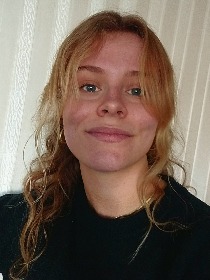
Tweetaligheid/tweetaligheidservaringen, (cognitive) verouderingsprocessen, Alzheimer, (resting-state) EEG, functionele hersenactiviteit

Contact
j.rook rug.nl
Functie
PhD Kandidaat
Angst en depressie; Interpersoonlijke theorie; Intensieve herhaalde metingen (experience sampling / ecological momentary assessment); Psychofarmacologie
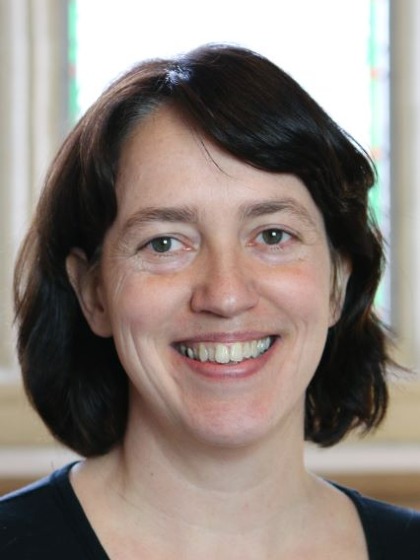
Contact
Functie
Universitair hoofddocent met ius promovendi
Medical Image Analysis
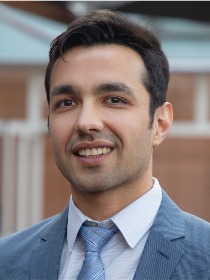
Contact
s.safazadeh umcg.nl
Functie
I have spent seven years in the field of neuroscience studying how sleep and social interactions influence cognitive processes, particularly memory. I am currently investigating the intricate relationship between sleep and social interactions, with a... read more

Onderzoeksgebieden: hersenen en energiebalans, type 2 diabetes, obesitas, Anorexia Nervosa
http://www.rug.nl/news-and-events/people-perspectives/scientists-in-focus/ascheurink
http://www.rug.nl/news-and-events/people-perspectives/scientists-in-focus/ascheurink
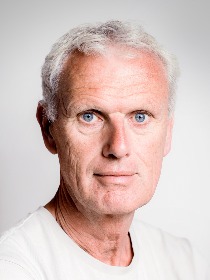
Contact
Functie
Hoogleraar Neuroendocrinologie
The translational research focuses on the molecular pharmacological aspects of the development and course of chronic inflammatory diseases. Our motivation for this research focus is very personal, we truly believe that research in the field of... lees meer
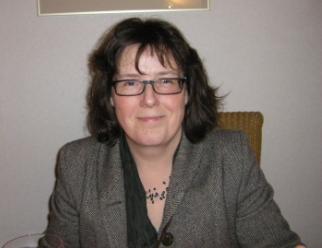
Contact
Functie
Hoogleraar Moleculaire Farmacologie
Vakgebied
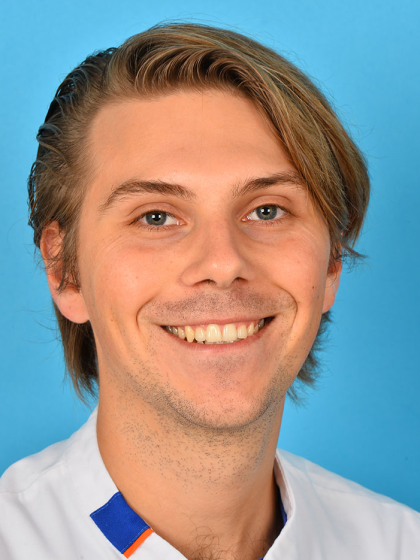
Contact
n.m.a.schubert umcg.nl
Functie
MD/PhD student (promovendus)
Neuroimaging; (dynamic) functional connectivity; experience sampling method; actigraphy; mood disorders; neuroticism
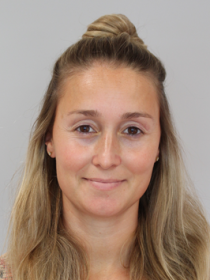
Contact
m.n.servaas umcg.nl
Functie
Postdoctoraal onderzoeker & GZ-psycholoog


Contact
Functie
Hoogleraar

Movement Disorders
Spina Bifida
Developmental Neurology
Spina Bifida
Developmental Neurology
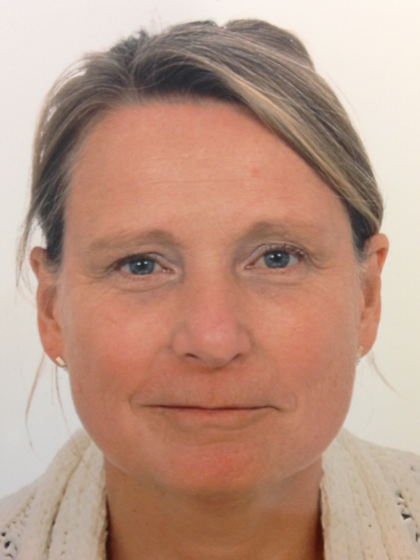
Contact
d.a.sival umcg.nl
Functie
Kinderneuroloog
Vakgebied

Klinische Neuropsychologie. Stoornissen in adaptief gedrag en ‘prefrontaal’ gereguleerde functies (aandacht, executieve functies en sociale cognitie) bij neurologische aandoeningen. Neuropsychologische revalidatie bij patienten met neurologische... lees meer
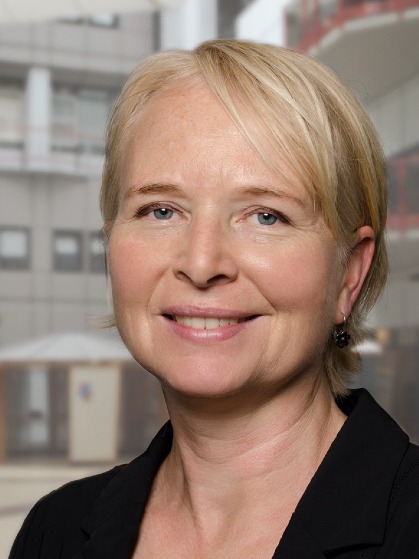
Contact
Functie
Hoogleraar, "Klinische neuropsychologie bij neurologische aandoeningen"
Physics of invertebrate vision and animal coloration.
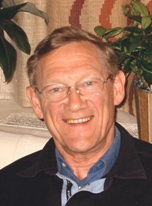
Contact
Functie
Hoogleraar
Vakgebied
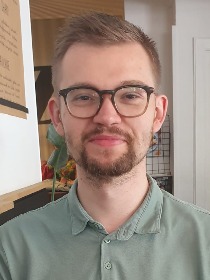
Contact
Functie
pharmacokinetics and dynamics, optimisation of drug delivery

Contact
Functie
Hoogleraar
Vakgebied
Depressie, Angststoornissen, Psychose, Suïcidaal gedrag, Piekeren, Apathie, Cognitieve controle, Functionele en structurele Neuroimaging (MRI), Longitudinale Imaging studies, Randomized Controlled Trials

Contact
m.j.van.tol umcg.nl
Functie
Hoogleraar Cognitieve Neuropsychiatrie, in het bijzonder de cognitieve en affectieve mechanismen die ten grondslag liggen aan een verstoorde stemming - zij/haar
Aging, extracellular matrix, neurodegeneration, cancer
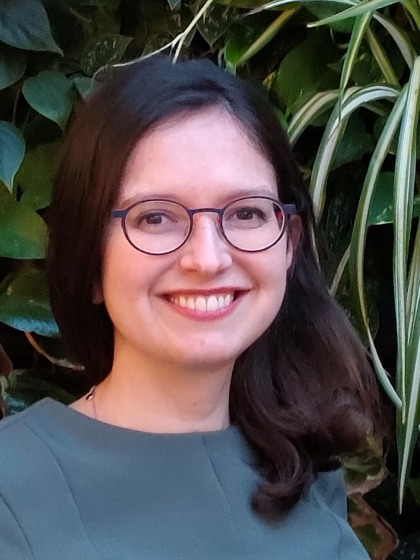
Contact
Functie
Assistent Professor
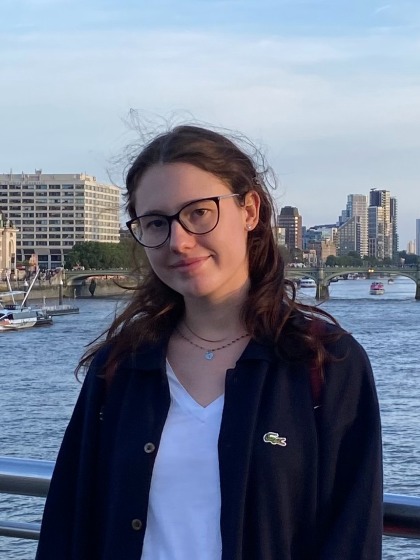
Hyperkinetische bewegingsstoornissen

Contact
s.van.der.veen04 umcg.nl
Functie
MD/PhD-student
Motor learning and memory; neurophysiology; sensorimotor interactions

Contact
m.p.veldman umcg.nl
Functie
Universitair docent motorische neurowetenschappen
As of May 1st 2025, I am a tenure tracker at GELIFES as part of the behavioural neuroscience cluster. My lab investigates how the brain distinguishes between safe and threatening contexts - and why this process can break down in anxiety disorders, PTSD... lees meer

Functional genetics of rare movement disorders & Scientific research in medical education

Contact
d.s.verbeek umcg.nl
Functie
Professor of Scientific Research in Medical Education & Rosalind Franklin Fellow
visual perception, pupillometry

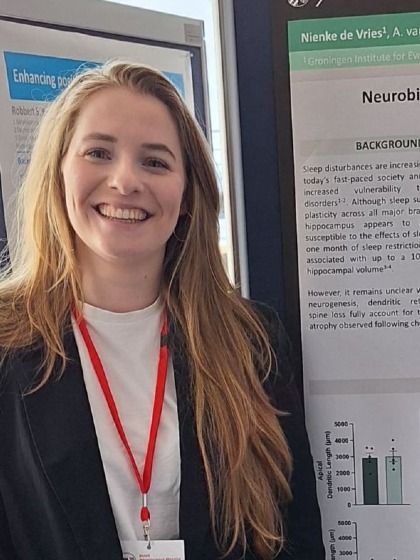
Contact
Functie
Research Technician Neurobiologie & Manager Immunohistochemie lab
Kunstmatige Intelligentie, geheugen, beslissingswetenschap, EEG, cognitief modelleren, mindfulness, aandacht, sociale neurowetenschap, brain decoding

Contact
Functie
Universitair Hoofddocent Cognitive Modeling
My research focusses on speech perception, in particular on the automatic and controlled processes that enable speech comprehension in optimal (e.g., native listening) and atypical conditions (e.g., hearing impairment, CI, non-native communications). I... read more

Contact
a.e.wagner rug.nl
Functie
Trainer en Coach
Hersenen, positron emissie tomografie, magnetic resonance imaging, image kwantificatie, niet-invasieve PET kwantificatie, diffusie MRI, perfusie MRI, myeline beeldvorming
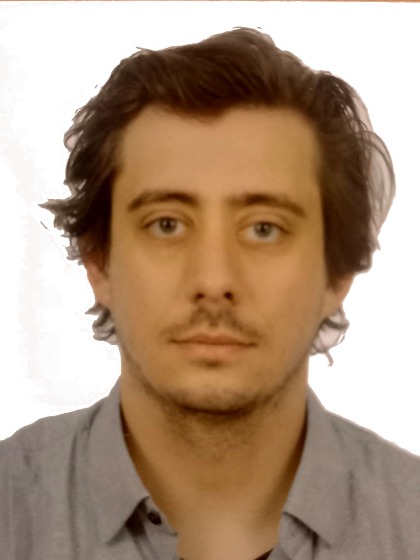
Contact
c.w.j.van.der.weijden umcg.nl
Functie

Cognitive (neuro)science, Cognitive Psychology
Current research toptics: adaptive learning, speech, and cognitive modelling. For a more complete overview, see www.thomaswilschut.com.
Current research toptics: adaptive learning, speech, and cognitive modelling. For a more complete overview, see www.thomaswilschut.com.
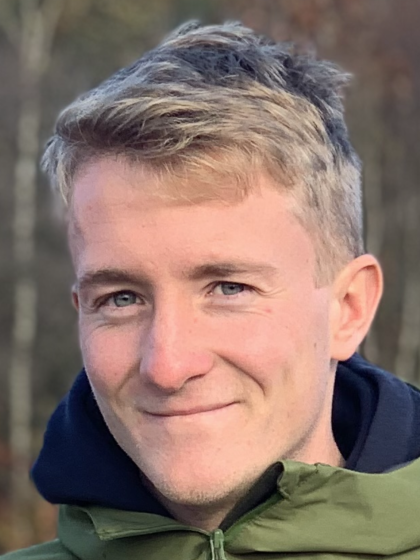
Contact
Functie
PhD Student
Vakgebied
Cognitive Neurowetenschappen, Reinforcement learning, Non-Invasive Brain Stimulation
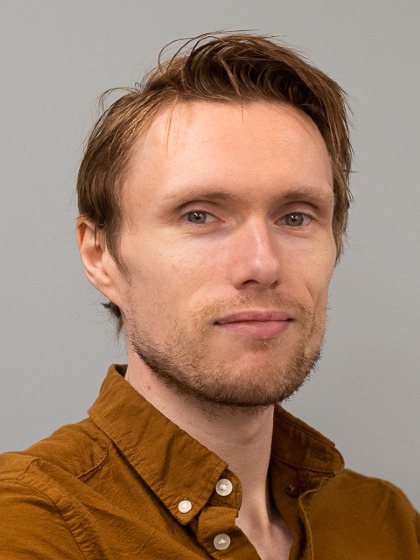
Contact
m.wischnewski rug.nl
Functie
Assistant Professor
Vakgebied
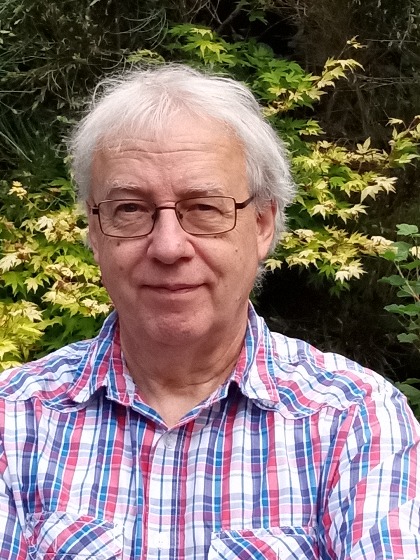
Contact
Functie
Hoogleraar
Vakgebied


Contact
Functie
vermoeidheid, interhemispherische interacties, spierstimulatie

Contact
c.a.t.zijdewind umcg.nl
Functie
Universitair hoofddocent
Vakgebied
View this page in: English
